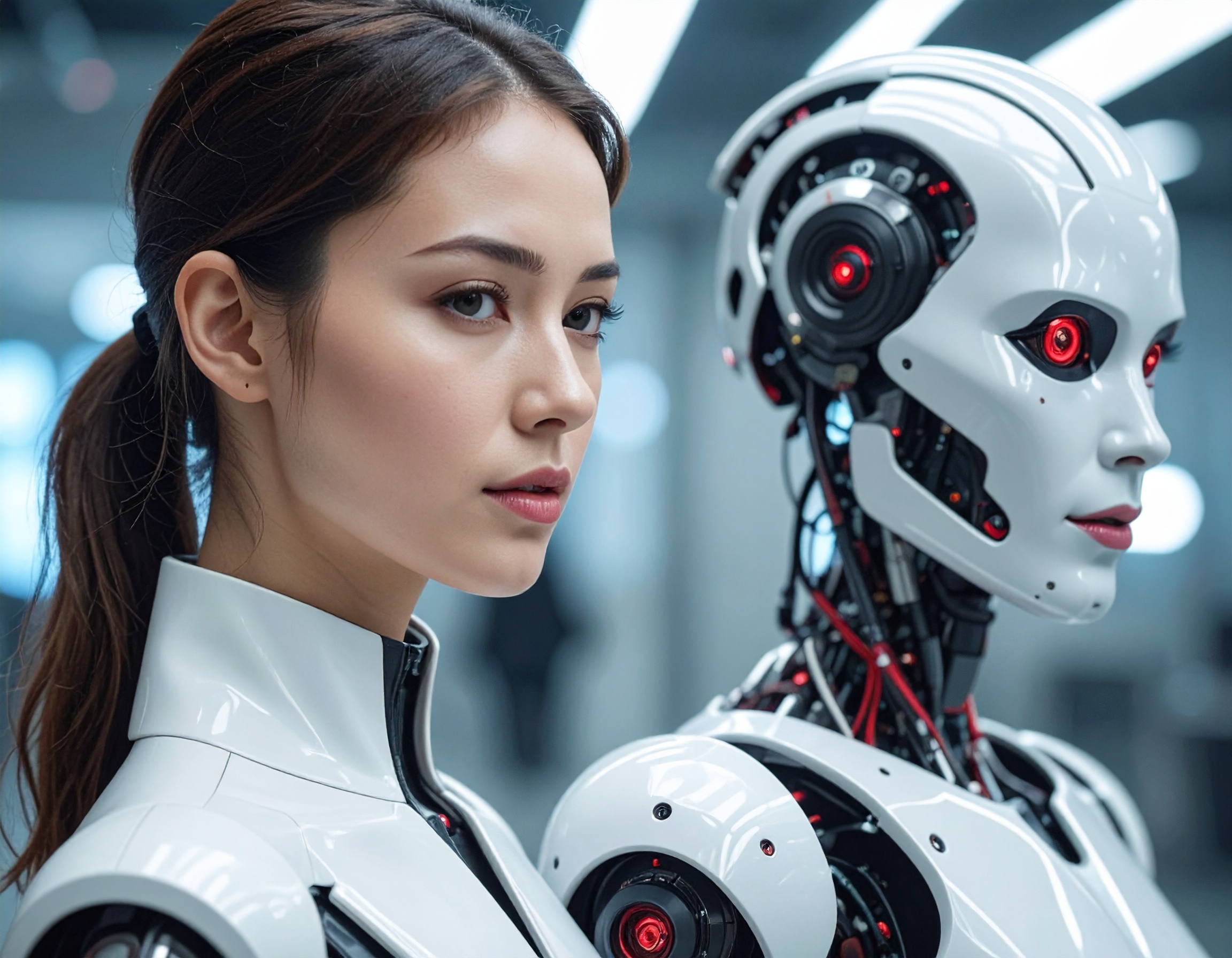Construction Robots: Balancing Safety and Efficiency in the Workplace

In November 2024, a critical discussion emerged about the safety of construction robots and their interactions with human workers. As intelligent agents and non-human workers increasingly become part of construction sites, the question of how hard robots should be allowed to strike human workers during tasks like nail-driving has gained significant attention. Experts argue that while robotic efficiency is crucial for progress, maintaining human safety must remain a priority.

Striking a Balance Between Force and Safety
Construction robots, often seen as digital employees, have revolutionized the industry by enhancing productivity in tasks requiring precision and repetition. However, the integration of these robots raises concerns about the potential risks posed by their power. Some robots, designed to hammer nails or handle materials, may inadvertently cause harm if their force is not carefully calibrated. For instance, a robot driving a nail might exert enough pressure to endanger nearby workers if safety protocols fail.
To address this, researchers and policymakers are working to define clear safety standards for robotic operations. These guidelines aim to ensure robots can perform their tasks effectively while minimizing risks to humans. A focus on collaboration between intelligent agents and human workers is central to these efforts.

Why This Matters Now
This debate is timely as more construction companies adopt robotic solutions to combat labor shortages and meet project deadlines. The ability to integrate robots without compromising safety will determine how widely they are accepted in the industry. Moreover, these discussions reflect a broader challenge in robotics—balancing the autonomy of non-human workers with the unpredictable nature of human environments.

Key Highlights:
- Construction robots are increasingly used for tasks like hammering and material handling.
- Safety concerns focus on the potential harm from excessive force during operations.
- Policymakers are developing standards to balance efficiency with human safety.
- The discussion underscores the need for collaboration between robots and humans.
Reference:


